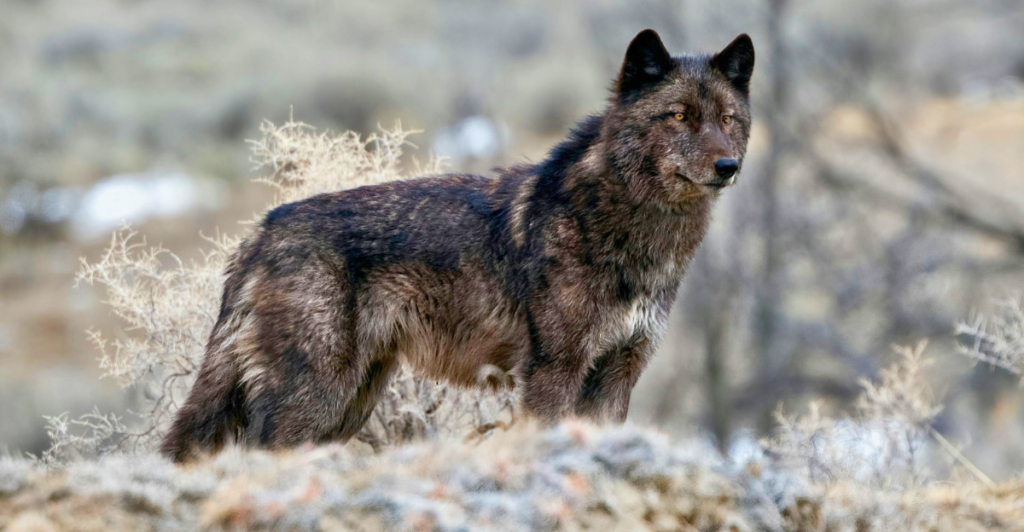
So back in the ‘90s, Yellowstone National Park was in bad shape. The rivers were eroding, forests were thinning out, and wildlife was out of order. Enter: wolves, the ultimate ecosystem architects. After being gone for 70 years, they made a comeback, and you best believe their impact was nothing short of revolutionary. Let’s get into it.
The Yellowstone Mess
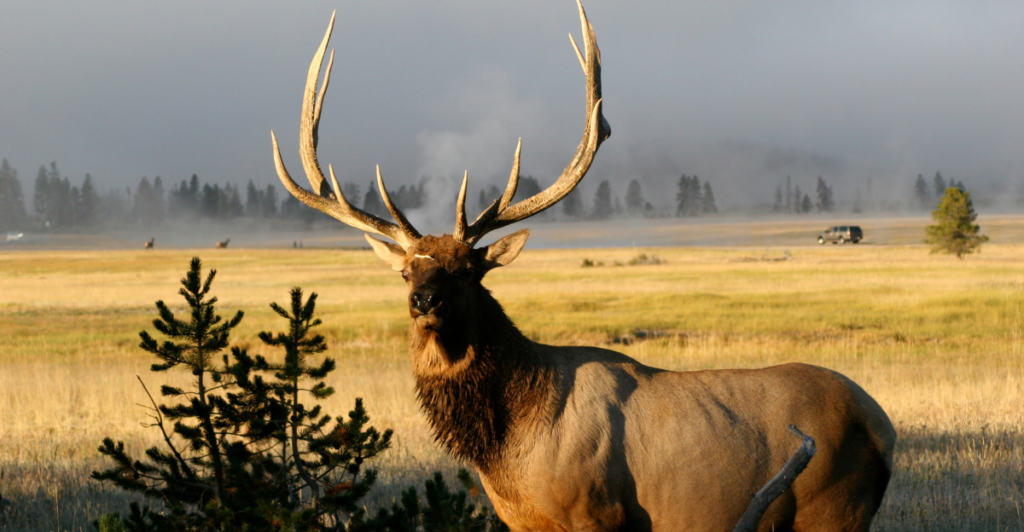
With the absence of wolves, elk populations exploded. And what do elk love? Munching on trees. They were gobbling up willows, aspens, and cottonwoods. With fewer trees, riverbanks eroded, beavers disappeared, and a domino effect of nature’s chaos kicked in.
It’s 1995 & the Wolves Are Back
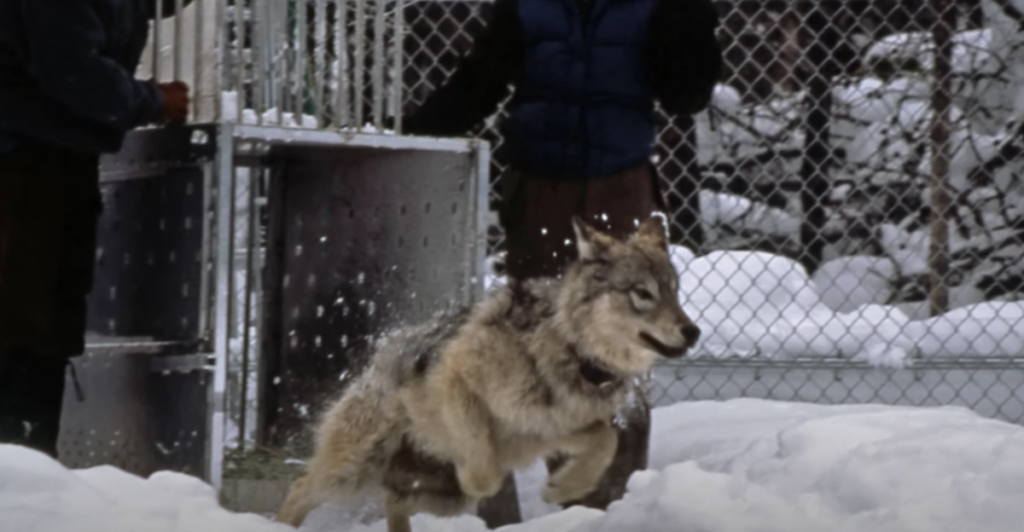
Fast forward to 1995, when wildlife experts said, “You know what? Let’s fix this.” They reintroduced 14 wolves from Canada into Yellowstone, hoping to restore some balance. At first, people were skeptical—could a handful of wolves change an entire landscape? Oh, they could and they did.
Wolves Shake Things Up
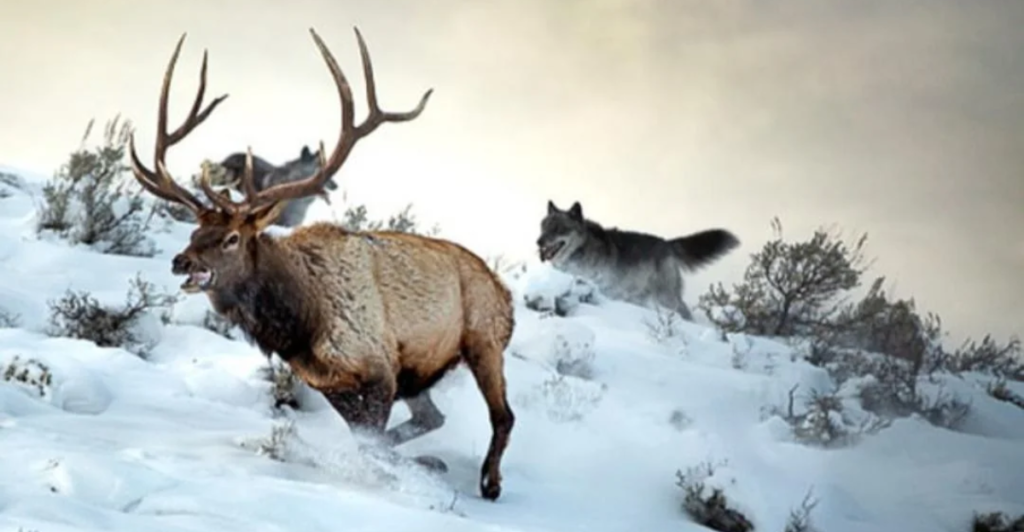
The wolves didn’t just hunt elk—they changed the way elk behaved. No more lazy river lounging or endless tree feasting. Wolves kept them on their toes, forcing them to move around more and avoid certain areas. With less elk damage, trees and shrubs started making a comeback.
Trees Return, and So Do the Beavers
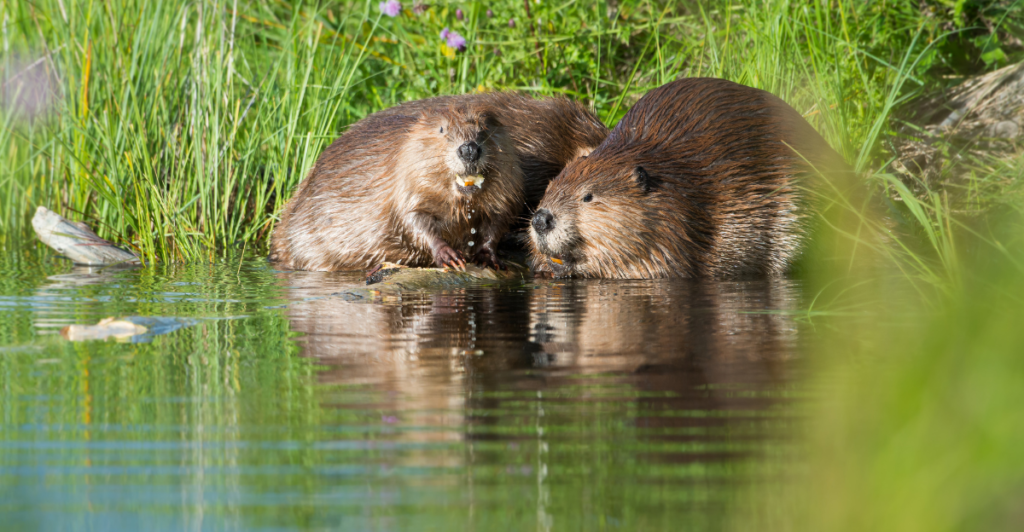
Can you guess who really benefited from all this tree regrowth? The beavers. These little dam-building rodents had almost disappeared because of the lack of trees. But once the willows and aspens started coming back, so did they. And their return proved to be quite the game changer.
Beavers Build, Wetlands Flourish
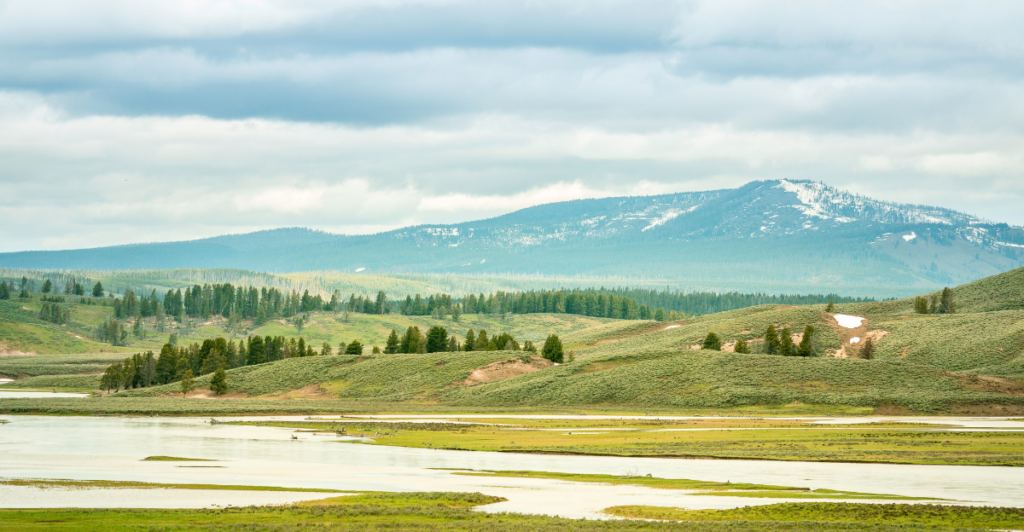
Beaver dams slow down water flow, reduce erosion, and create lush wetlands. Suddenly, fish, frogs, and birds had a thriving new home. All because wolves kept elk from overgrazing and gave trees a chance to do their thing.
Coyote Populations Drop, Small Mammals Boom
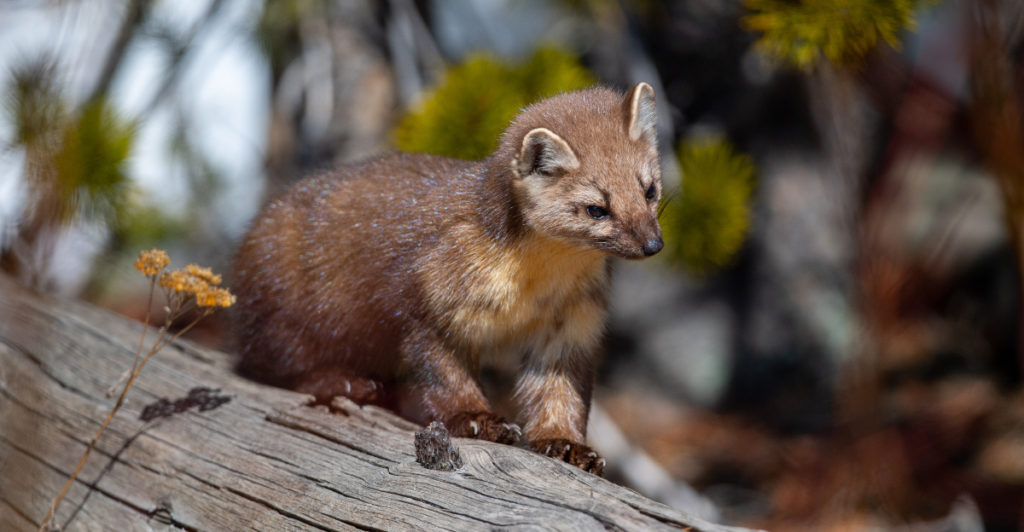
Yet another unexpected plot twist—wolves outcompeted coyotes. Why does this matter? Fewer coyotes meant more small mammals including mice, rabbits, and foxes, which led to a buffet for hawks, owls, and badgers. Basically, wolves indirectly boosted the entire food chain.
Rivers Changed Shape
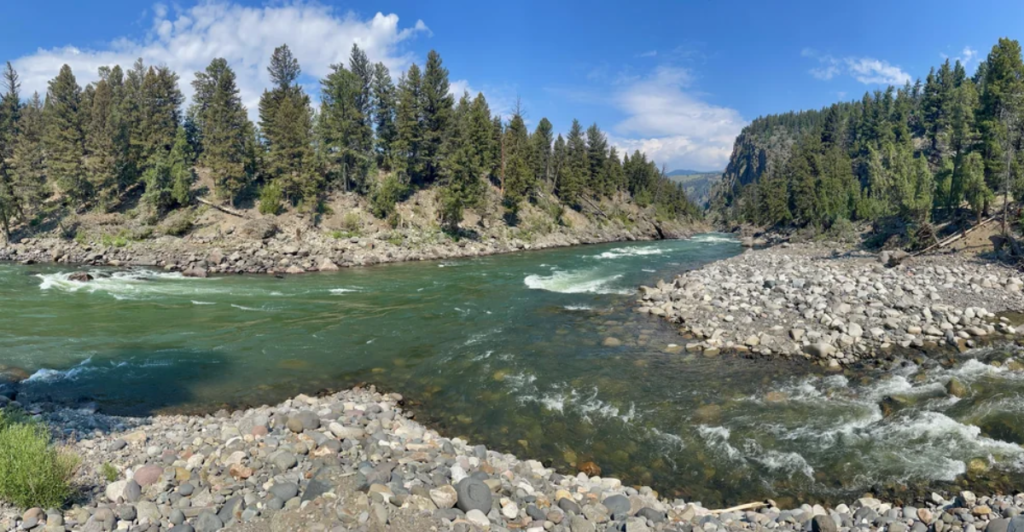
How do wolves affect rivers you may ask? Well, with fewer elk destroying riverbanks and beavers rebuilding dams, the rivers stabilized, meaning less erosion, more pools, and a healthier flow of water. Basically, the wolves’ return physically reshaped Yellowstone’s geography.
Bald Eagles and Bears Reap the Benefits
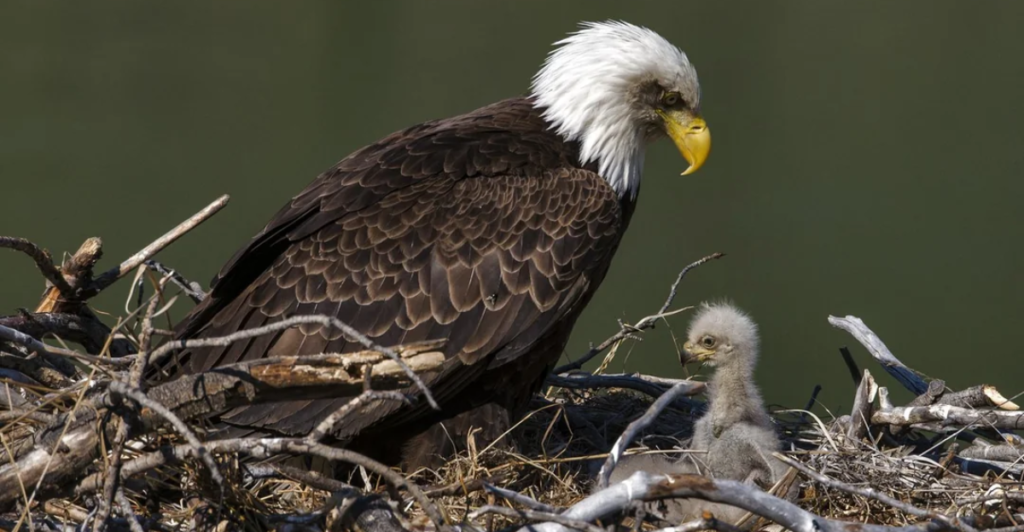
Wolves didn’t just help trees and beavers, they also helped bald eagles and bears. How? Wolf kills. Every time wolves took down an elk, scavengers got a free meal. This meant more food for bears, eagles, ravens, and even bugs.
The Ultimate Trophic Cascade
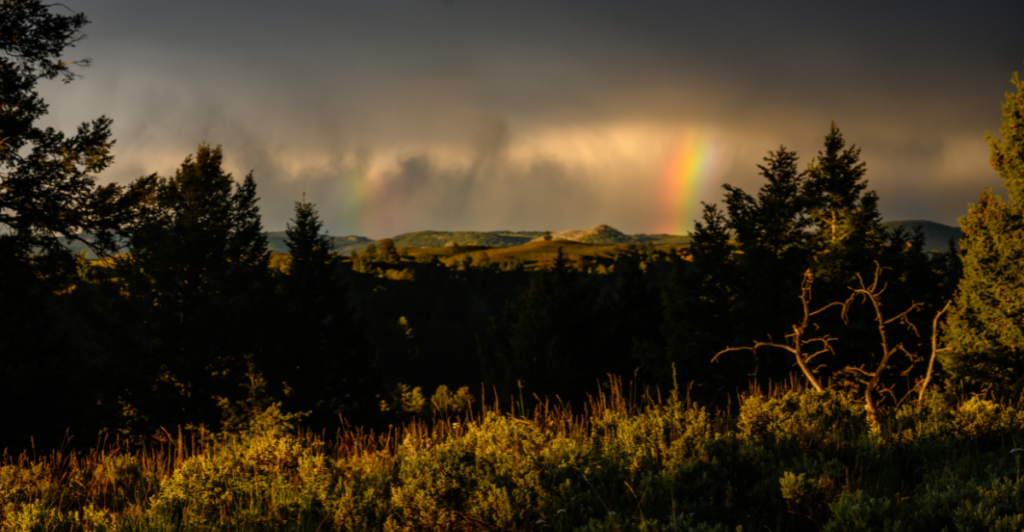
What’s a trophic cascade, you ask? It’s when a top predator (like wolves) influences everything below it from elk to trees to rivers to beavers to birds. Yellowstone is a textbook example of how one species can transform an entire ecosystem.
What We Learned: Nature Knows What She’s Doing
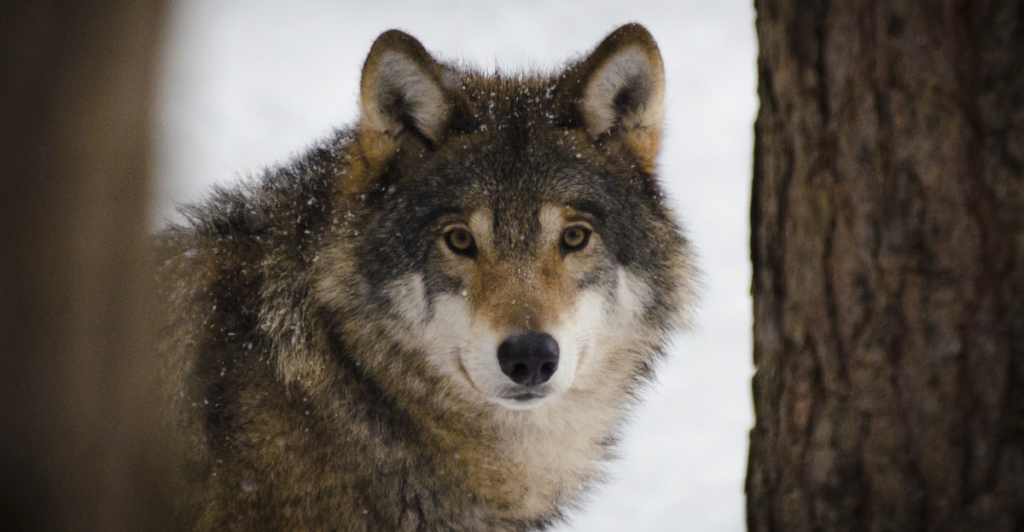
This whole experiment taught us one major lesson: let nature do its thing. Wolves aren’t just “scary predators”, they’re essential for balance. When we mess with ecosystems (like removing predators), things fall apart. But when we restore them, we can witness nature at its best.
The Future of Wolves in Yellowstone
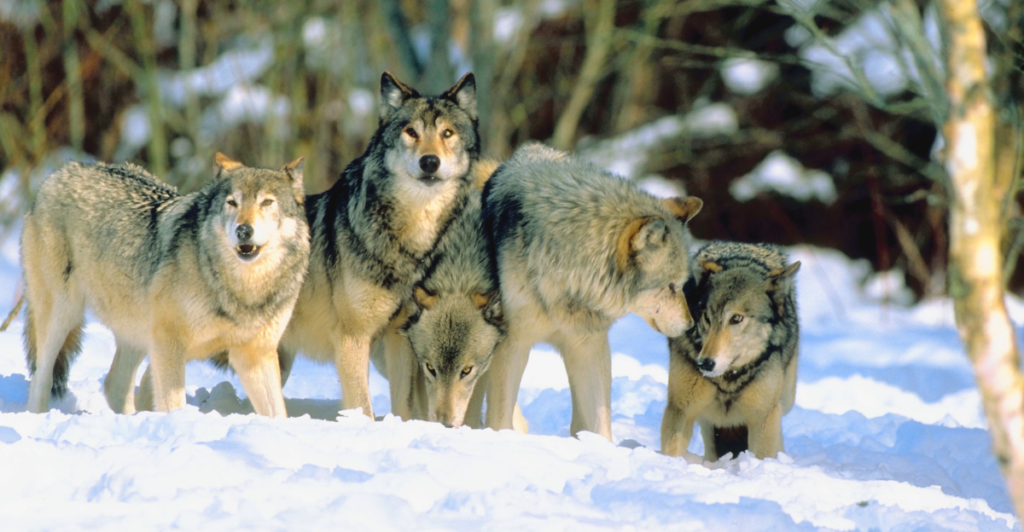
Today, Yellowstone’s wolf population is thriving, and the ecosystem is in way better shape than it was in the ‘90s. But it’s not all smooth sailing, there’s still debate over wolf hunting outside the park, and scientists are closely monitoring their impact.
Predators Matter
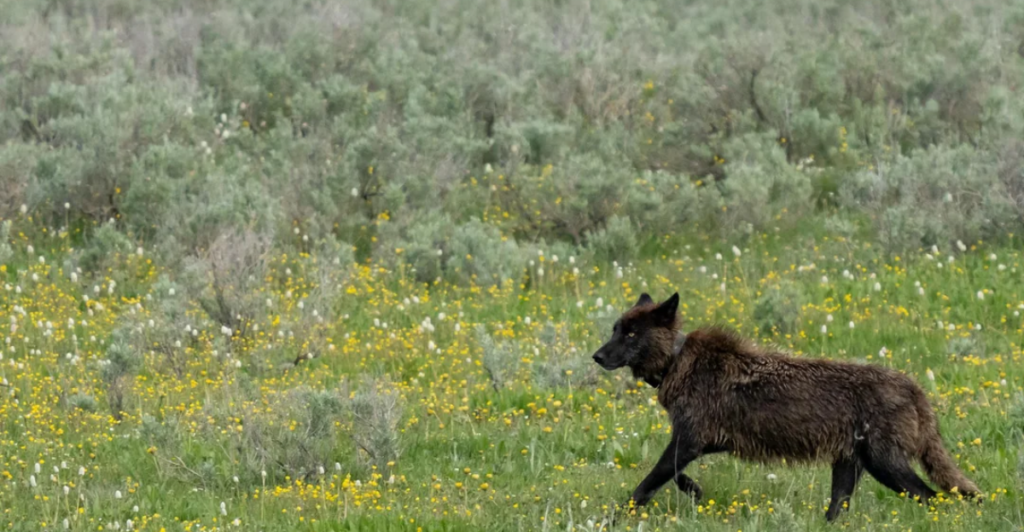
So, what’s the lesson here? Predators play a huge role in nature. Removing them can lead to complete ecosystem collapse while reintroducing them can literally reshape landscapes. Wolves brought Yellowstone back to life, and honestly, that’s one of the coolest wildlife comebacks of all time.
Discover more of our trending stories and follow us to keep them appearing in your feed

The Real Cause Behind Los Angeles’ Devastating Wildfires
Concerns Mount as Largest Dolphin Pod Ever Recorded Headed For California
California Is Breaking Apart: A Fault Line Is Forming Faster Than Anyone Predicted
Scientists Are Bringing Back The Wooly Mammoth
References:
Reference 1
Reference 2
Reference 3
This article first appeared here
Stay connected with us for more stories like this! Follow us to get the latest updates or hit the Follow button at the top of this article, and let us know what you think by leaving your feedback below. We’d love to hear from you!







